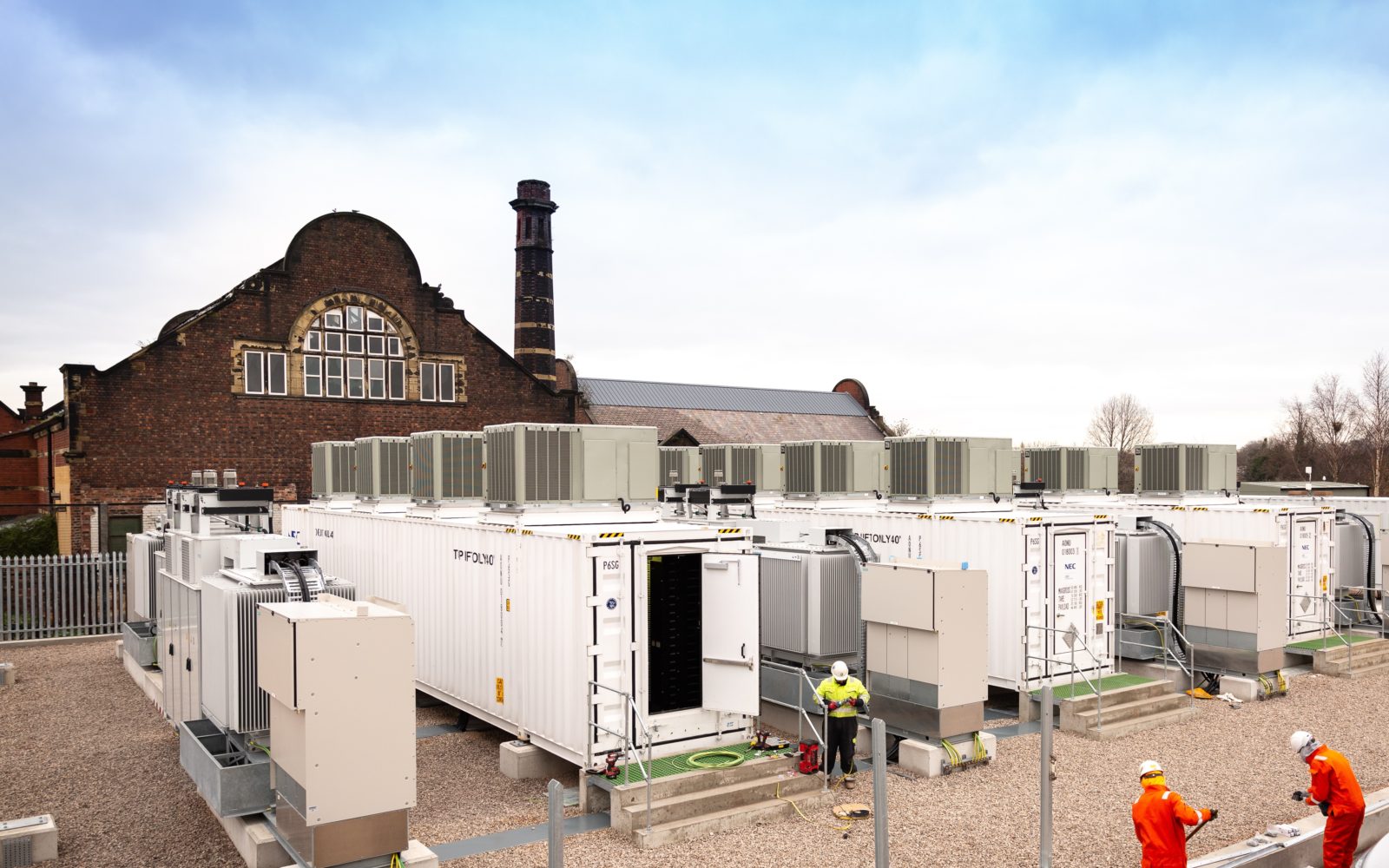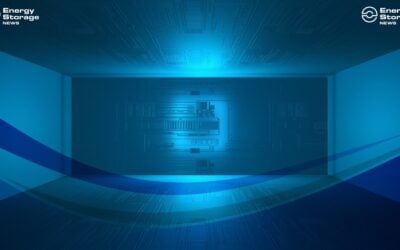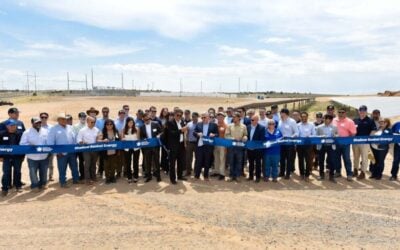
The US energy storage industry needs to “rise to the challenge” of safety sooner rather than later and build relationships with fire service and first responders based on clear lines of communication and trust, Energy-Storage.news has heard.
Representatives of energy storage safety expert company Energy Storage Response Group (ESRG), one of only a small number of entities in the US able to do large-scale fire testing to the industry standard UL 9540A – along with UL itself and Nationally Recognised Test Lab (NRTL) CSA Group – spoke to the site for an interview.
ESRG founding principal Nick Warner has spent over a decade in the battery industry and has experience prior to that of working in the fire service. ESRG wants the industry to be “wildly successful,” he said, but when it comes to some of the shortcomings his team has observed when it comes to safety provisions, ESRG needs to approach energy storage “from a position of tough love”.
The company was formed in response to “a number of gaps in the industry” which its founders felt were “going to be problematic with respect to how quickly the industry was anticipating deploying storage in the US.”
Try Premium for just $1
- Full premium access for the first month at only $1
- Converts to an annual rate after 30 days unless cancelled
- Cancel anytime during the trial period
Premium Benefits
- Expert industry analysis and interviews
- Digital access to PV Tech Power journal
- Exclusive event discounts
Or get the full Premium subscription right away
Or continue reading this article for free
“[People were] talking about tens and hundreds of gigawatt-hours over the next five to 10 years. We knew that was going to be incredibly problematic with the fire service, with the insurance industry,” Warner said.
Warner hopes that ESRG’s work is “entirely preventative”, helping clients “pick the safest systems they can find, to get them incorporated in as safe a manner as possible,” and the company’s testing and consulting work covers a great number of areas. This includes the selection of battery cells, from different chemistries and manufacturers, making sure at the system level energy storage projects are designed to meet or even exceed safety standards and dealing with end-of-life management.
Yet perhaps the biggest single concern and area that needs concentrated effort is in technical training and in the building of relationships, communication and trust with the likes of fire crews, local authorities having jurisdiction (AHJ) and others, Nick Warner said. This can of course have a huge knock-on effect to insurance, financing, policy-making and so on which ultimately affect the bankability and business case for batteries.
Allowing more serious incidents to occur could ‘put brakes on’ whole industry
There might be “nothing stopping what happened” in Surprise, Arizona, in April 2019 – when a grid-scale battery system installed for utility Arizona Public Service (APS) caught fire and an explosion injured four fire service personnel – from happening again elsewhere, according to ESRG.
According to reports around the incident, a number of factors converged to create the situation which happened at APS’ McMicken substation on a megawatt-scale lithium-ion battery system. But, while technical failures can happen and can be mitigated for, plans for action to deal with incidents are just as important, if not more so. A UL Firefighter Safety Research Institute (UL FSRI) report into the McMicken fire found that local firefighters acted in accordance with best practices but more up-to-date training could have prevented the escalation of the incident. Similarly, technical analysis by DNV GL highlighted that better measures to mitigate risks – some of which have since been incorporated by leading industry stakeholders already – could be implemented.
There are now “hundreds, if not thousands” of systems deployed in America today that ESRG believes local fire departments are not fully aware of and Nick Warner and ESRG believes the situation is entirely avoidable but for a lack of transparency and communication. While recent large lithium-ion battery fire incidents are thankfully rare, there was another fire at a 20MW energy storage project this year in England and South Korea experienced around 30 separate incidents in one year during 2018, something that has widely been attributed to a rush to deploy energy storage systems due to supportive government policies.
“As we understand it, there’s nothing stopping what happened in Surprise from happening a dozen more times tomorrow. We hope the industry rises to the challenge, that they don’t just look at safety as something to do down the road when fire safety codes kick in in 2023,” Warner said.
“Quite frankly, if we have another Surprise or two in there in the US, especially one that actually ends up killing somebody, it’s going to put the brakes on the industry real quick.”
To look at it from another perspective, ESRG has found that fire safety code developers are “going to be totally ok with” energy storage, if industry stakeholders are transparent about risks, provide training and explain to the fire service what those risks are. Otherwise the relationship between developers and code officials can become “strained,” ESRG believes.
“There are a number of issues we had identified early on with respect to deployment. The industry themselves didn’t have an expertise in fire safety,” Nick Warner said.
“We saw that relationship becoming increasingly strained to the point where we’re concerned about how well the industry is going to be able to deploy systems. There was a bit of a confrontational relationship between developers and code officials, with developers kind of just seeing the code official as an impediment to them getting their project in the ground, and not realising that more often than not, if you just come in, and are honest about the risks, provide some training, explain to the fire service, what it is, they’re going to be totally okay with it.”
This story has been amended from its original form to reflect that test lab CSA Group also offers UL 9540A testing along with UL and ESRG.

![burns and mcdonnell GA_Battery_Storage_003[84] The maturing industry has allowed EPCs to "get more creative with engineering technology and construction equipment to help streamline operations in the field," Julian Hoover says. Image: Burns & McDonnell](https://www.energy-storage.news/wp-content/uploads/elementor/thumbs/burns-and-mcdonnell-GA_Battery_Storage_00384-rgklnp65oz5okwj4j525f5bdz9y57j338jh6zpqdvo.jpg)



